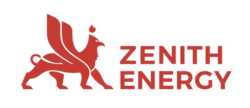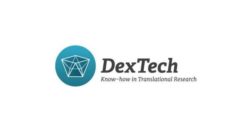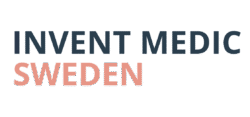A Pharma Company with Lower Risk but Equivalent Upside Potential
Pharma Equity Group (“PEG” or “the Company”), through the Company’s subsidiary, Reponex, employs a drug repositioning strategy, which involves finding new uses for active substances used in previous recognized treatments, thus allowing the Company to circumvent phase I trials. PEG has a pipeline of six candidates in Phase II, targeting therapeutic areas such as Peritonitis, Chronic Wounds, IBD, and Colorectal Cancer, where there is currently no adequate treatment. The business strategy involves out-licensing the programs after Phase II to a pharma company capable of bringing the drugs to the market. PEG’s strategy enables a capital-light and highly scalable business model, offering a shorter route to market with equivalent upside potential, yet mitigating the typical risks associated with the pharmaceutical industry. Based on an rNPV-model, a potential present value per share of DKK 1.4 is derived in a Base scenario.
- Extensive Markets with Unmet Medical Needs
PEG targets vast markets with an estimated prevalence of approx. 12m patients in the Company’s key markets. These markets are forecasted to witness steady growth, fueled by factors such as an elderly population, rising preference for local treatments, and increased R&D investments. PEG’s solutions have great potential to capture significant market shares if they reach commercialization.
- Broad and Diversified Pipeline
PEG’s extensive pipeline comprises six candidates across four indication areas, potentially advancing through Phase II toward licensing agreements. The current treatment solutions for the Company’s targeted indications predominantly involve systemic treatments, whereas PEG is repositioning its compounds to local administration. Backed by a robust IP portfolio many candidates utilize the leading active substance, GM-CSF. This strategic utilization of the same compound across multiple candidates enables PEG to capitalize on collective results, leading to cost savings and a more streamlined path to market.
- Repositioning and Out-Licensing Model
The repositioning approach allows PEG to “reuse” established data and documentation concerning the drugs. As a result, it bypasses Phase I and significantly reduces the development risks. Additionally, PEG’s out-licensing model, which aims to transition directly from Phase II and there after to licensing agreements, enables a low-cost base by out-sourcing most business functions such as production and marketing, conse-quently reducing operational and execution risks.
- Valuation
The valuation, determined through a risk-adjusted net present value model (rNPV), uses estimated royalties as the found-ation. By risk-adjusting for a 22% likelihood of approval and applying a discount rate of 13.1%, a potential market value of DKK 1,421m is derived, corresponding to DKK 1.4 per share.
Värdedrivare
Historisk lönsamhet
Risk profil
Ledning & Styrelse
Samtliga analyser av bolag från och med år 2020 betygssätts utifrån ett nytt betygssystem - Värdedrivare, Historisk Lönsamhet och Ledning & Styrelse sträcker sig från 1 till 10, där 10 är högsta betyg. Riskprofil sträcker sig från 1 till 10, där 10 är att anse som högst risk. Aktieanalyser av bolag publicerade innan 2020 har betygssatts utifrån en annan modell.





